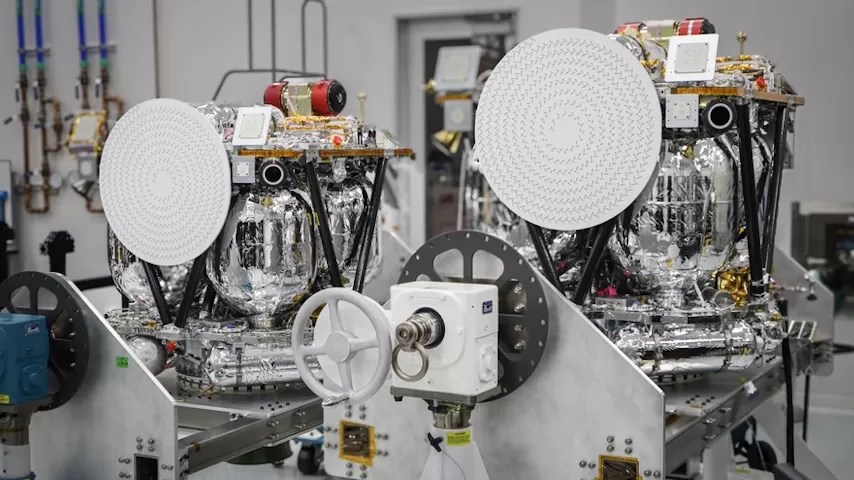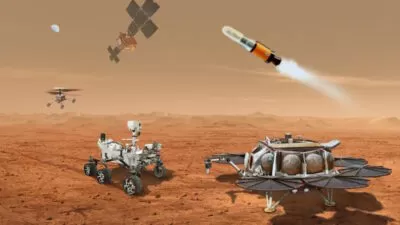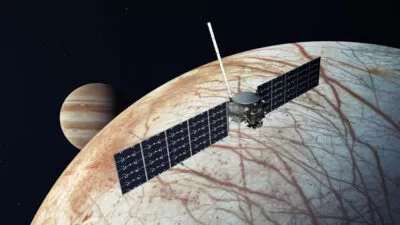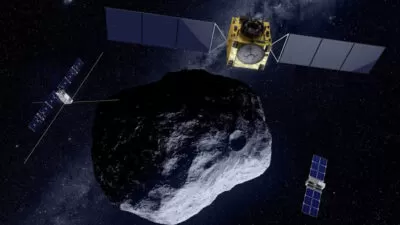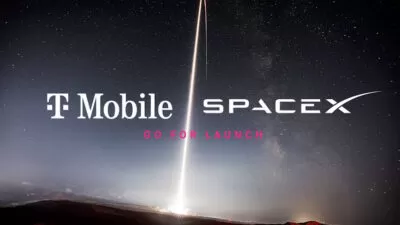Rocket Lab USA, a leader in launch services and space systems, has successfully integrated and tested two spacecraft designed for orbit around Mars. These spacecraft were created for the University of California, Berkeley’s Space Sciences Laboratory and NASA as part of the ESCAPADE mission (Escape and Plasma Acceleration and Dynamics Explorers), scheduled to launch from Cape Canaveral later this year.
The ESCAPADE mission aims to study the plasma and magnetic fields around the Red Planet. The data collected will help scientists better understand the processes that eject atoms from Mars’ magnetosphere and upper atmosphere, affecting its climate evolution.
The spacecraft, named Blue and Gold, were designed, built, integrated, and tested at Rocket Lab’s spacecraft production complex and headquarters in Long Beach, California. They are based on Rocket Lab’s Photon spacecraft platform, a configurable interplanetary platform. The spacecraft are equipped with Rocket Lab-manufactured components and subsystems, including solar panels, star trackers, reaction wheels, propellant tanks, attitude control systems, and communication systems.
Rocket Lab founder and CEO, Peter Beck, stated, “Creating one Mars spacecraft is an achievement, but creating two and doing so on an accelerated timeline is a testament to our team’s expertise and our strategy of vertical integration. We are proud to collaborate once again with NASA and support the delivery of new and important scientific data from Mars.”
Thanks to its spacecraft development expertise and vertically integrated supply chain, Rocket Lab managed to produce Blue and Gold in just three and a half years, while typically, it takes a decade or more from proposal to launch for a Mars mission.
Blue and Gold are scheduled to be delivered to Cape Canaveral in August, where they will be mounted on Blue Origin’s New Glenn rocket.
Rocket Lab is a leader in launch and space systems. The company’s Electron rocket is the second most frequently launched rocket in the U.S. annually, having deployed over 172 satellites for commercial and government partners, including NASA, the U.S. Air Force, DARPA, and NRO. The company also provides suborbital hypersonic launch capability with its HASTE rocket. Additionally, Rocket Lab is developing Neutron, an advanced reusable launch vehicle with a 13-ton payload capacity, designed for deploying satellite constellations and interplanetary missions. Rocket Lab’s satellite technologies and components have been integrated into over 1700 satellite missions worldwide.


